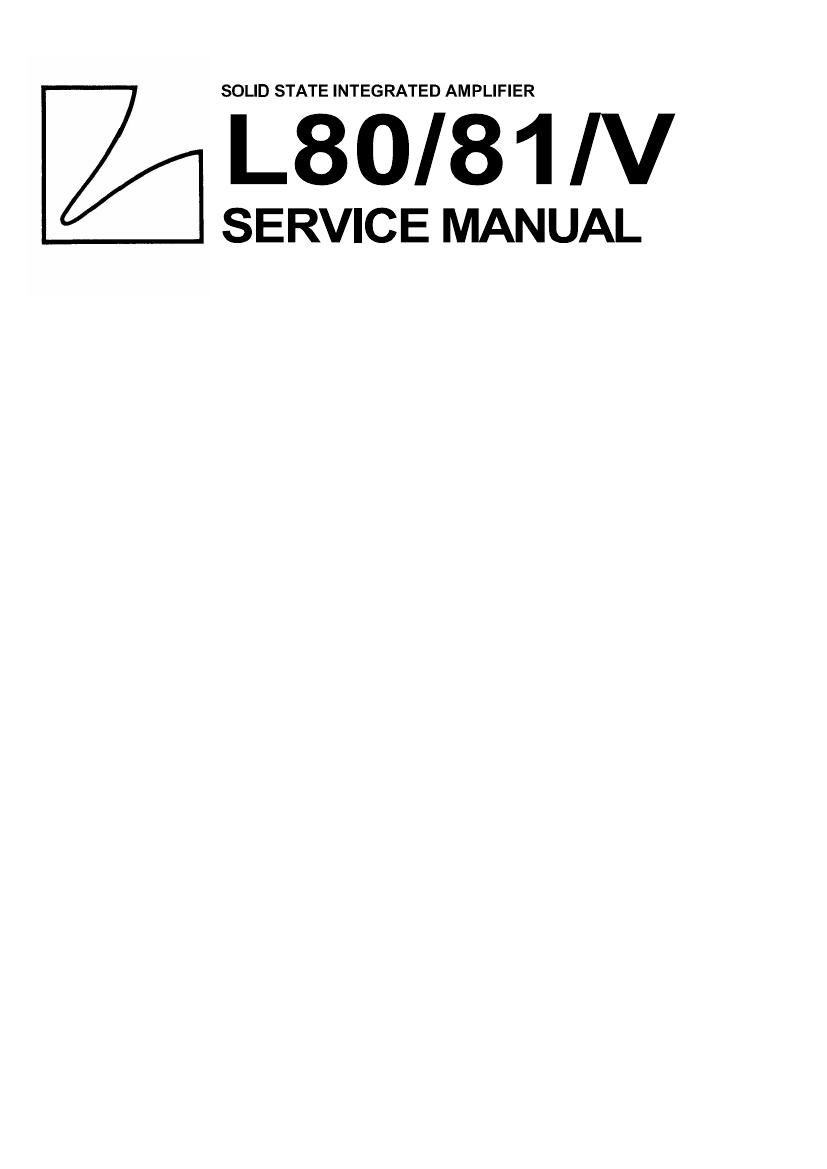Luxman L 80 L 81 V Service Manual
This is the 11 pages manual for Luxman L 80 L 81 V Service Manual.
Read or download the pdf for free. If you want to contribute, please upload pdfs to audioservicemanuals.wetransfer.com.
Page: 1 / 11
